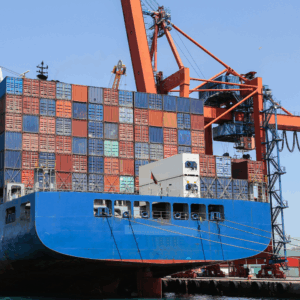
On one side, we have the United States, with vast terrain, low-density population centers, and a deregulated freight market optimized for scale. On the other hand, Germany stands as a benchmark for modal integration, efficiency-driven planning, and meticulous cost control. Companies operating across this transatlantic corridor must understand not only the rates but also the systems behind them to make strategic freight decisions.
Infrastructure and Policy Planning: Systemic Efficiency vs Market Flexibility
Germany: Policy-Driven Intermodal Integration
Germany’s logistics system is designed with long-term planning, modal balance, and national coordination in mind. Public investment strongly supports intermodal freight facilities, particularly for rail–port connectivity. Inland container depots and synchronized rail schedules enable the consolidation of cargo from industrial zones deep within the country, facilitating its transportation to ports such as Hamburg and Bremerhaven.
Urban planning also plays a role. German freight policies are aligned with environmental regulations, which encourage modal shifts from road to rail and minimize congestion within city logistics.
USA: Market-Driven, Regionally Fragmented
In contrast, the US model is based on decentralized control and private-sector investment, especially in freight rail. While the interstate highway system provides a substantial national reach, coordination between transport modes is minimal. Inland access to ports often depends on local governance, leading to inefficiencies in intermodal transfer, particularly in high-volume corridors.
As a result, US logistics excels at scaling bulk movement and handling long distances cost-effectively, but often at the expense of precision, sustainability, and consistency.
Containerization: A Global Standard with Local Outcomes
Containerized shipping revolutionized trade. The adoption of standardized containers created efficiencies in handling, customs, port operations, and scheduling. According to “Ocean Container Shipping: Impacts of a Technological Improvement,” the benefits of containerization include reduced ship turnaround time, improved intermodal handling, and scalable capacity planning.
German Implementation
Germany integrated containerization with its national logistics infrastructure. Intermodal terminals are optimized for rail transfer, with automated cranes, synchronized dispatch, and data integration with customs systems. German ports are also integrated into trans-European transport networks, enabling the rapid movement of cargo into Eastern and Central Europe.
US Adaptation
US ports adopted containerization extensively, especially on the West Coast. However, reliance on trucking for last-mile delivery and the limited investment in rail-port connectors reduce the effectiveness of containerized flows. Many port terminals continue to struggle with chassis shortages, inefficient drayage scheduling, and congestion.
Managerial Philosophy: Accounting for Logistics
One of the most technical distinctions between the US and German logistics systems lies in cost accounting methods. In comparing US and German costs, researchers found that German firms invest heavily in management accounting, treating logistics as a strategic cost center with detailed internal reporting on freight, storage, labor, and modal performance.
Germany: Controlling as Core Logistics Practice
German companies use granular internal data—known as “Controlling”—to:
- Track the cost per unit by transportation mode.
- Assign costs based on energy usage and service level.
- Evaluate trade-offs between modal combinations.
This data informs logistics KPIs and influences contract negotiations with freight forwarders. As detailed in A Closer Look at German Cost Accounting Methods, this approach promotes accountability, transparency, and informed decision-making throughout the supply chain.
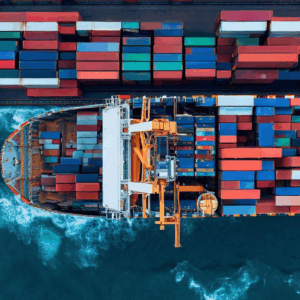
US firms tend to emphasize external financial reporting, bundling logistics expenses under general categories like “transportation” or “distribution.” As a result, operational teams often lack the detailed data needed to identify inefficiencies or optimize carrier contracts. This leads to:
- Difficulty isolating cost drivers in multi-modal chains.
- Reactive freight decisions based on annual budgets instead of real-time data.
- Missed opportunities for route optimization.
Mode Choice and Environmental Outcomes
Modal preferences differ dramatically. In “Determinants of Transport Mode Choice,” Ralph Buehler identifies structural reasons why Germany favors rail and public transportation, while the US leans toward road freight.
US Dependence on Road
The US logistics market is driven by:
- Deregulated trucking industry.
- Geographic dispersion of production and consumption zones.
- Limited rail service outside major industrial hubs.
German Emphasis on Rail
Germany promotes rail freight through:
- Incentives for modal shift.
- Infrastructure subsidies for terminals.
- Noise reduction policies that favor electric rail over diesel trucks.
The environmental results are stark: German freight systems emit significantly less CO₂ per ton-kilometer compared to their US counterparts. This makes Germany’s system more compliant with global emission reporting frameworks—something increasingly required in cross-border trade.
The Trade-Transport Feedback Loop
In Transportation Costs and International Trade, the relationship between shipping efficiency and trade volume is clearly outlined. When transport costs are low and reliable, businesses can:
- Expand global sourcing.
- Enter distant markets.
- Operate with leaner inventories.
Germany’s efficient transport planning enables firms to participate in just-in-time manufacturing models, particularly in high-value sectors such as the automotive and engineering industries. The US, while cost-effective per mile, often faces unpredictability in lead times, especially when crossing multiple logistics zones.
This creates a feedback loop:
- In Germany, firms design products and logistics systems around fast, reliable delivery.
- In the US, firms often build buffer inventories to absorb transport delays.
These logistics philosophies directly impact cash flow, working capital needs, and even how businesses price their goods in export markets.
Closing the Managerial Gap
The study “Closing the Gap Between US and German Managerial Practices” reveals that bridging performance requires more than technology—it necessitates cultural change.
Recommendations for US firms:
- Invest in real-time costing systems.
- Integrate finance and logistics teams for shared accountability.
- Adopt total landed cost metrics rather than focusing solely on freight rate.
- Consider digital freight platforms to unify quoting, documentation, tracking, and cost analysis.
ExFreight’s tools, for example, offer integrated freight quoting across LCL, FCL, and air freight modes—supporting German-style costing models with U.S.-level market access.
Key Takeaways for Shippers
Whether exporting machinery from Hamburg or importing components into Indiana, shippers must understand the following:
- Infrastructure quality determines reliability, not just route availability.
- Modal mix impacts both cost and sustainability.
- Cost transparency enables better freight planning.
- Digitalization bridges the performance gap between these two systems.
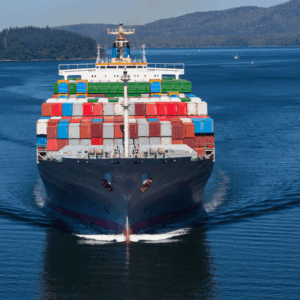
What is a US Customs Surety Bond?
A US Customs Surety Bond is a legal requirement for all commercial imports over a certain threshold. It guarantees that the US government will receive any duties, taxes, or penalties owed if the importer fails to pay. There are Single Entry Bonds (for individual shipments) and Continuous Bonds (covering all shipments over a 12-month period).
What is the Harbor Maintenance Fee (HMF)?
The HMF is a US Customs fee applied to ocean freight imports. It is calculated as a small percentage of the cargo’s value and is used to fund port infrastructure maintenance.
What are Duties and Taxes?
Duties are tariffs imposed on goods crossing borders, designed to protect domestic industries and promote economic growth. Taxes (like VAT in the EU) are added-value levies imposed by governments on imported goods. In Germany, VAT rules permit exemptions for many B2B exports; however, importers must carefully manage the associated documentation to ensure compliance with these regulations.
Strategic Logistics for a Global Marketplace
Shipping between Germany and the United States requires a deep understanding of transport systems, managerial practices, and freight costing models. While the US offers reach and scale, Germany excels in modal integration, cost discipline, and environmental alignment.
Logistics leaders operating in both systems should focus on:
- Reducing complexity through digitalization.
- Understanding local cost structures.
- Aligning transport choices with sustainability goals.
- Measuring real landed cost, not just rates.
By learning from the structural advantages of both systems and applying them through tools like ExFreight’s freight quoting engine, companies can optimize not only routes but also performance, risk, and profitability.

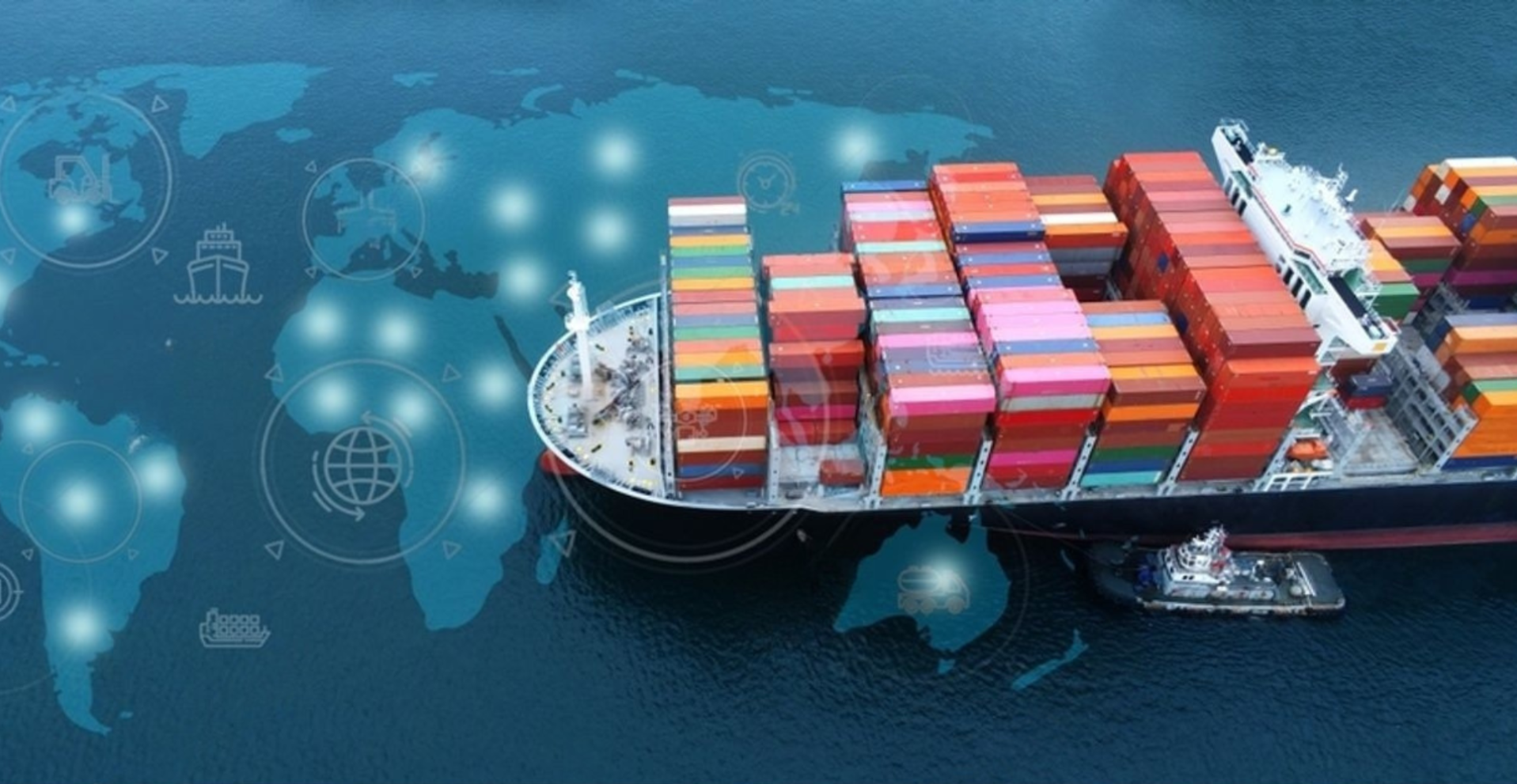
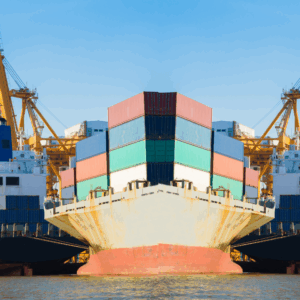
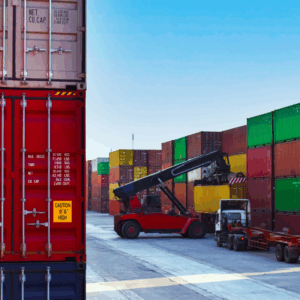

Leave A Comment
You must be logged in to post a comment.